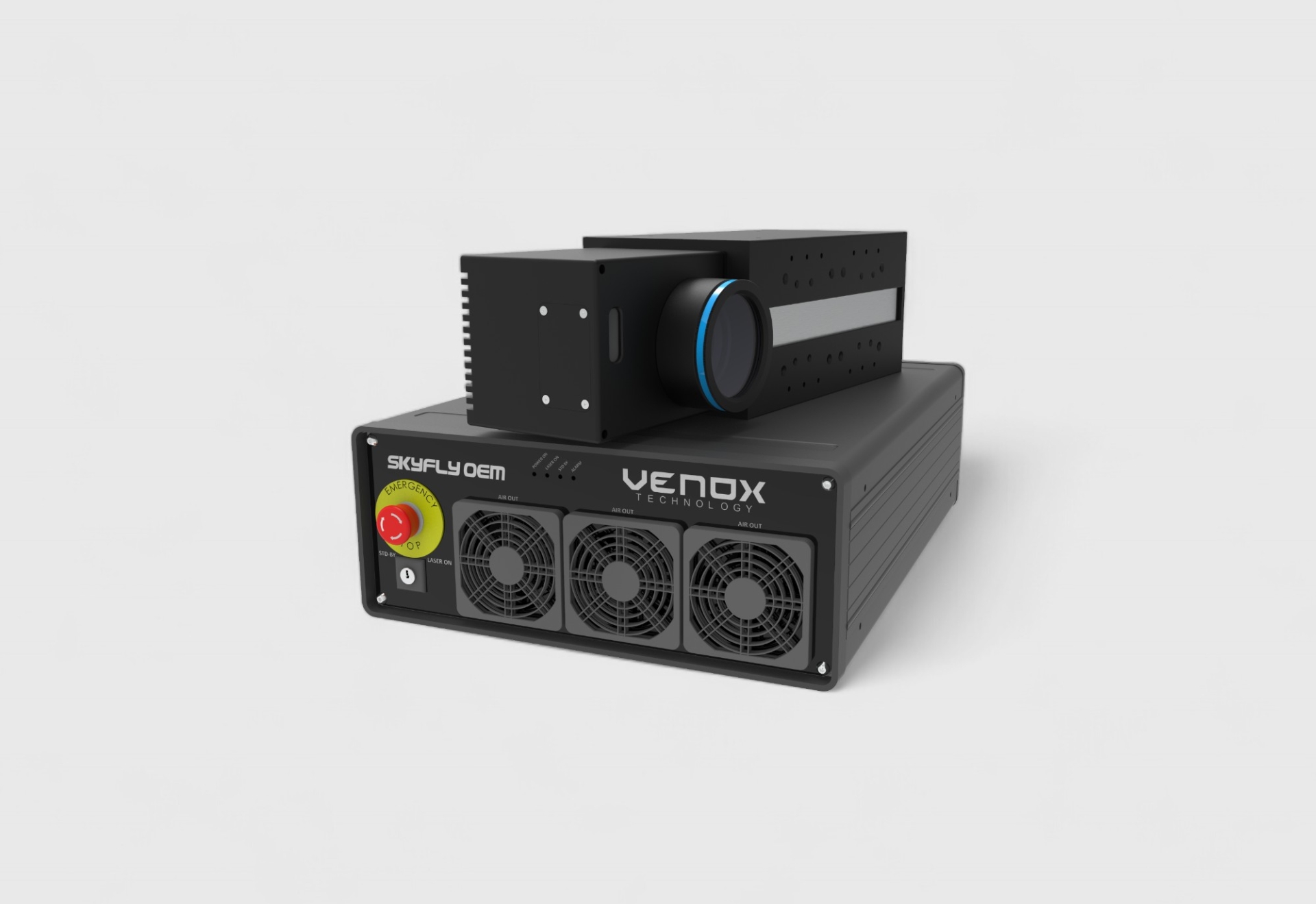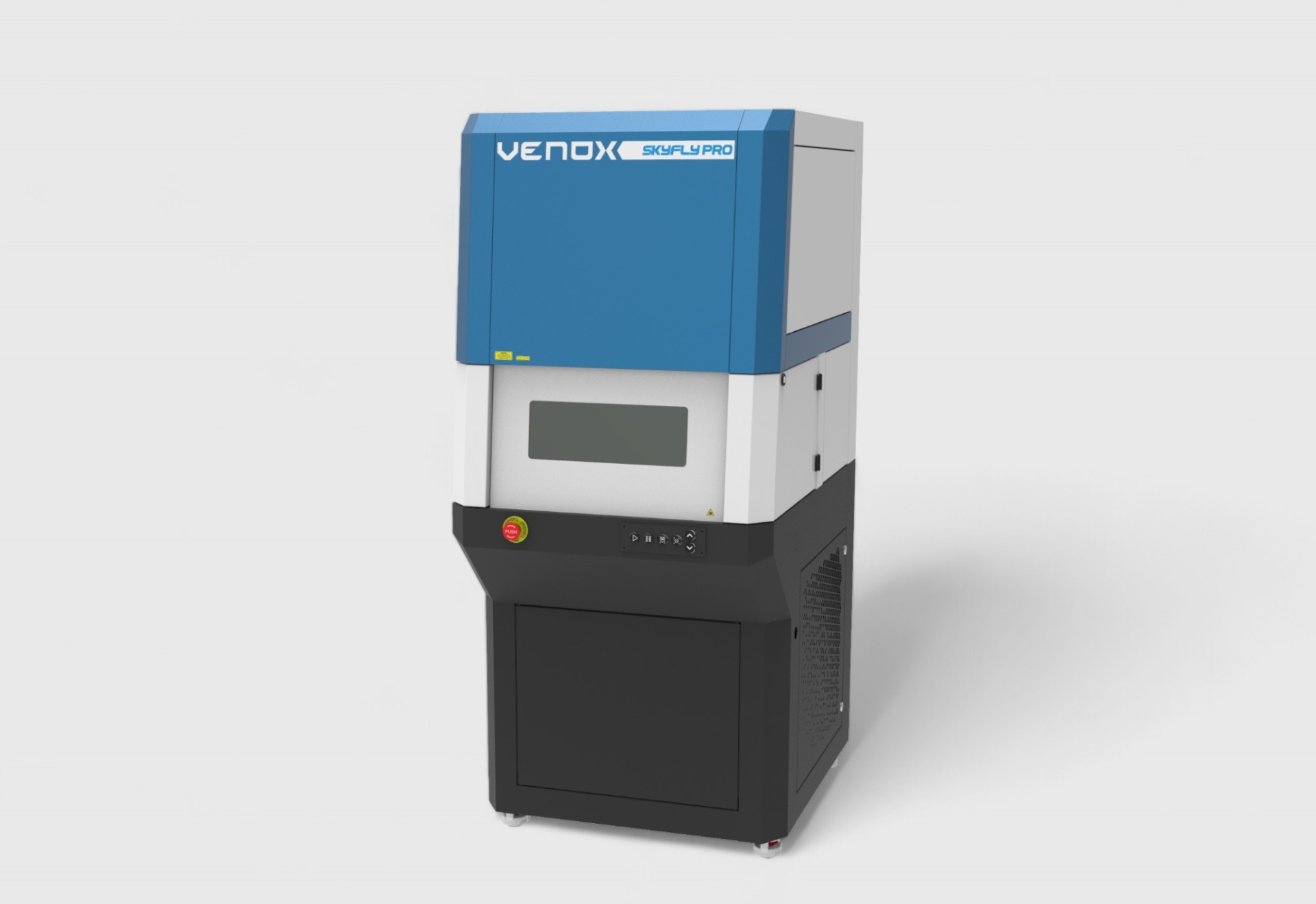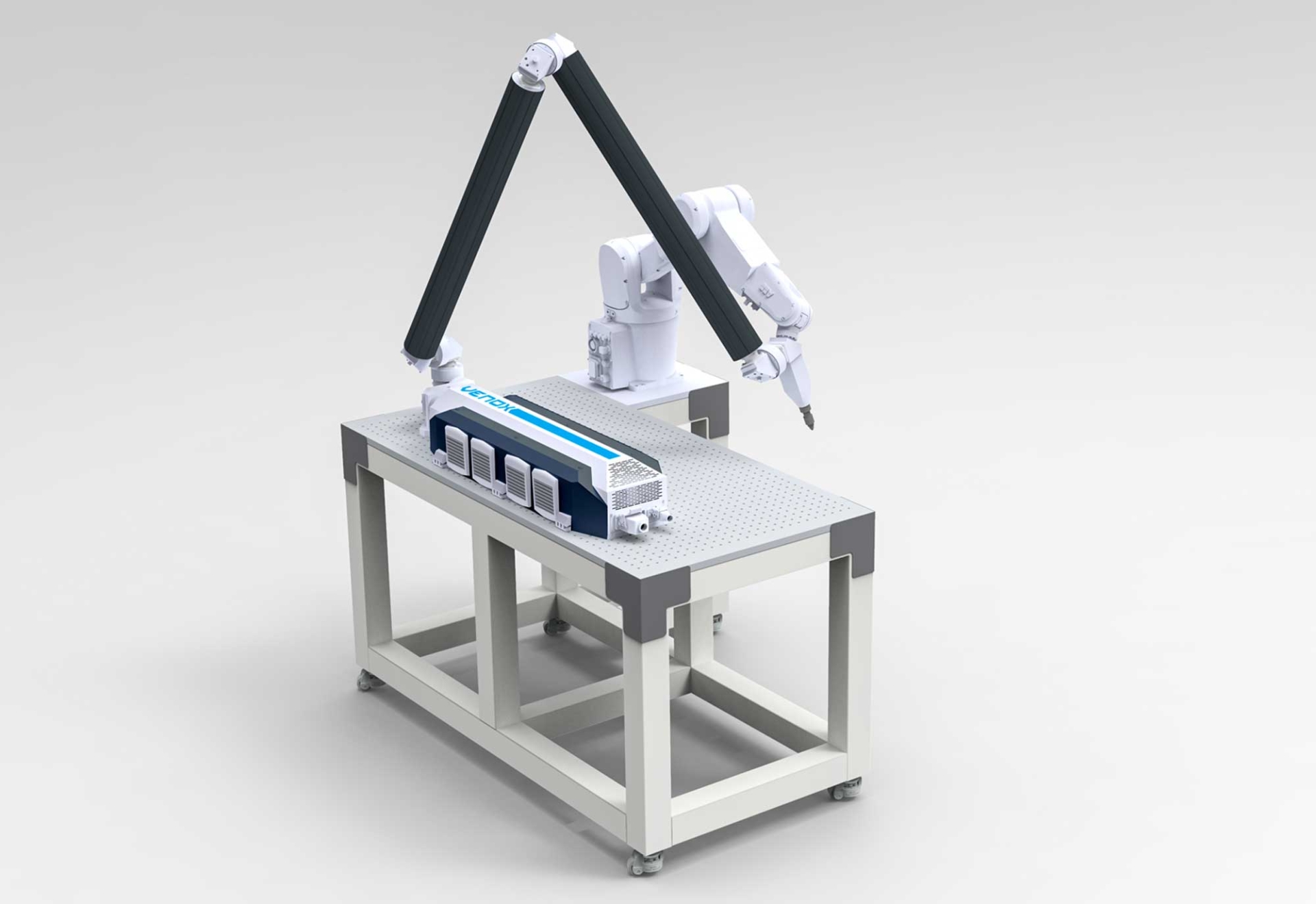Comparison of Fiber Laser Marking and CO₂ Laser Marking: Metal or Plastic?
Laser marking technologies have become an indispensable part of production processes that require traceability, quality, and speed. However, one of the most critical questions for businesses is: Should you choose fiber laser or CO₂ laser marking? These two technologies differ significantly in working principles, wavelength, and application areas. In this article, we compare fiber and CO₂ laser marking and explain in detail which laser delivers better results on which material.
Fundamental Working Principles of Fiber and CO₂ Lasers
Although fiber and CO₂ lasers may appear similar at first glance, the wavelengths they use and their material interactions are completely different. Understanding how each system works is essential when selecting the right laser for your production needs.
What Is Fiber Laser Marking?
A fiber laser is a type of laser that transmits light through fiber optic cables and typically operates at a wavelength of 1064 nm. Because it interacts strongly with metal surfaces, it is the most preferred marking system in industrial applications.
- High contrast on metal surfaces
- Deep engraving capability
- Suitable for high-speed production lines
- Long-lasting laser source
Fiber lasers are available in a wide range of power levels from 20W to 100W.
What Is CO₂ Laser Marking?
CO₂ lasers operate at a wavelength of 10,600 nm and interact much more strongly with organic materials. Their performance on metals is limited; however, they are highly effective on plastics, paper, glass, leather, and wood.
- High performance on organic materials
- Low heat damage during surface processing
- Clear results on plastics
- Commonly used in packaging and food industries
CO₂ lasers are generally preferred in 30W–80W power levels.
Effect of Wavelength Differences on Materials
The most critical criterion in laser selection is wavelength, as it determines how much energy a material absorbs:
- Fiber laser (1064 nm): Strong penetration on metals.
- CO₂ laser (10,600 nm): More effective on plastics, wood, glass, and organic materials.
Therefore, material compatibility must be considered when selecting the right laser system.
Application Areas and Performance Comparison of Fiber and CO₂ Lasers
Both fiber and CO₂ lasers are widely used in industrial environments, but their application purposes differ significantly. Below, we detail which laser performs better under which conditions.
Which Is Better for Metal Surfaces?
When it comes to metal marking, the clear winner is the fiber laser.
- Stainless steel
- Aluminum
- Brass
- Titanium
Fiber lasers provide high contrast, deep engraving, and fast processing on these metals.
CO₂ lasers, on the other hand, are generally ineffective on metals but can create limited contrast on coated surfaces.
Performance on Plastic Surfaces
Both lasers have strengths and weaknesses when it comes to plastic marking.
- CO₂ laser: Slightly melts the surface, producing high visibility.
- Fiber laser: Can create color-change marking on certain engineering plastics.
For applications such as packaging, medical products, and food coding, CO₂ laser is more commonly preferred.
Which Is Better for Organic Materials?
For surfaces such as wood, leather, paper, cardboard, and textiles, the highest performance is achieved with a CO₂ laser.
- Decorative engraving on wood
- Date coding on food packaging
- Brand/logo marking on leather products
Fiber lasers show little to no effect on these materials and can even cause heat damage.
Speed and Production Efficiency Comparison
Fiber laser technology stands out with its high galvo speeds:
- 8,000–12,000 mm/s scanning speed
- Suitable for 24/7 industrial use
CO₂ lasers operate at lower speeds but offer strong surface quality on compatible materials.
Marking Quality and Visibility
With fiber lasers, the following techniques can be applied:
- Black marking (annealing)
- White marking
- Deep engraving
CO₂ lasers, however, produce excellent surface contrast particularly on organic materials.
Cost Comparison
Fiber lasers generally have a higher initial investment due to their long-lasting laser sources, but their operating costs are extremely low.
- Fiber laser → High initial investment, low operating cost
- CO₂ laser → Moderate investment, low operating cost
The right investment depends on which materials you primarily work with.
Which Industries Prefer Which Laser?
Laser selection varies greatly by sector:
- Automotive: Fiber laser
- Electronics: Fiber & UV laser
- Packaging: CO₂ laser
- Wood & decorative products: CO₂ laser
- Medical devices: Fiber laser
Conclusion: Metal or Plastic?
In summary:
- If you mainly process metals → Fiber laser
- If you process plastics, paper, wood, glass, or other organic materials → CO₂ laser
Selecting the right laser type directly affects production quality, speed, and operating cost. Therefore, material analysis and production volume should always be evaluated before making an investment.






